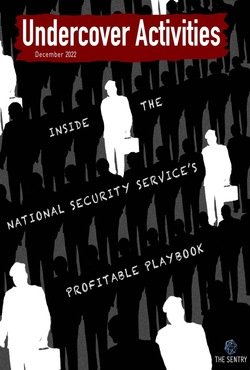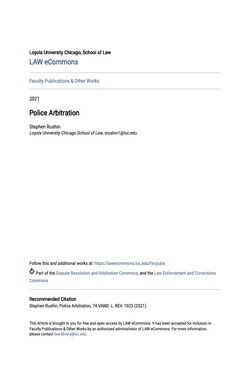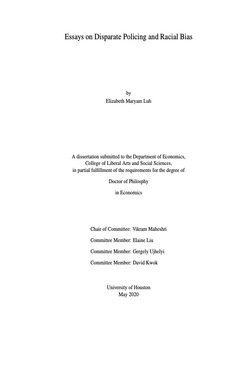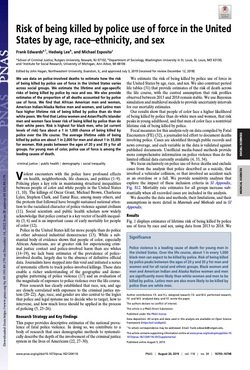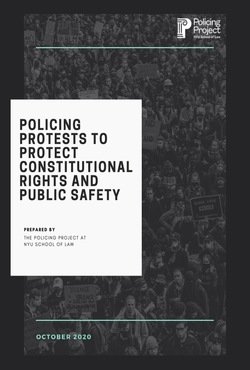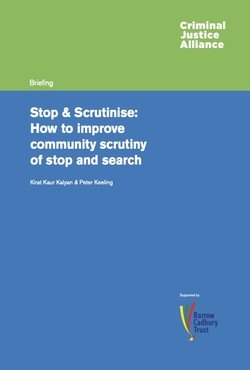By The Police Executive Research Forum
For decades, enforcing laws against illegal drug trafficking, drug dealing, and drug possession was the primary role of police departments and sheriffs’ offices across the United States. During the Just Say No era of the 1980s and 1990s, arrests for illegal drug possession more than doubled as part of law enforcement’s efforts to deter and diminish drug use. Through time, however, the role of police and sheriffs has evolved and expanded as “demand-reduction policies” have become increasingly prominent. Today, for example, many police agencies administer naloxone, a life-saving medication that quickly reverses the effects of an opioid overdose. Police in some cities and towns also work to connect addicted persons with drug treatment and other services. In many jurisdictions, police have reprioritized their enforcement of laws against possession or use of illegal opioids. Police have had to adjust to what remains a major—and evolving—public health crisis. According to the National Institute on Drug Abuse, an average of 128 people in the United States died every day in 2018 after overdosing on opioids. And there are reports that the COVID-19 pandemic may be resulting in higher numbers of overdose deaths.Through time, police responsibilities have grown to encompass at least three different roles on the frontlines of responding to the opioid crisis: 1. Emergency response. Preventing an opioid overdose from becoming a fatal opioid overdose. 2. Public safety. Helping individuals protect themselves from opioid-related harms. 3. Law enforcement. Investigating and disrupting opioid-related criminal activity.
Washington, DC: Office of Community Oriented Policing Services. 2021 88p.










